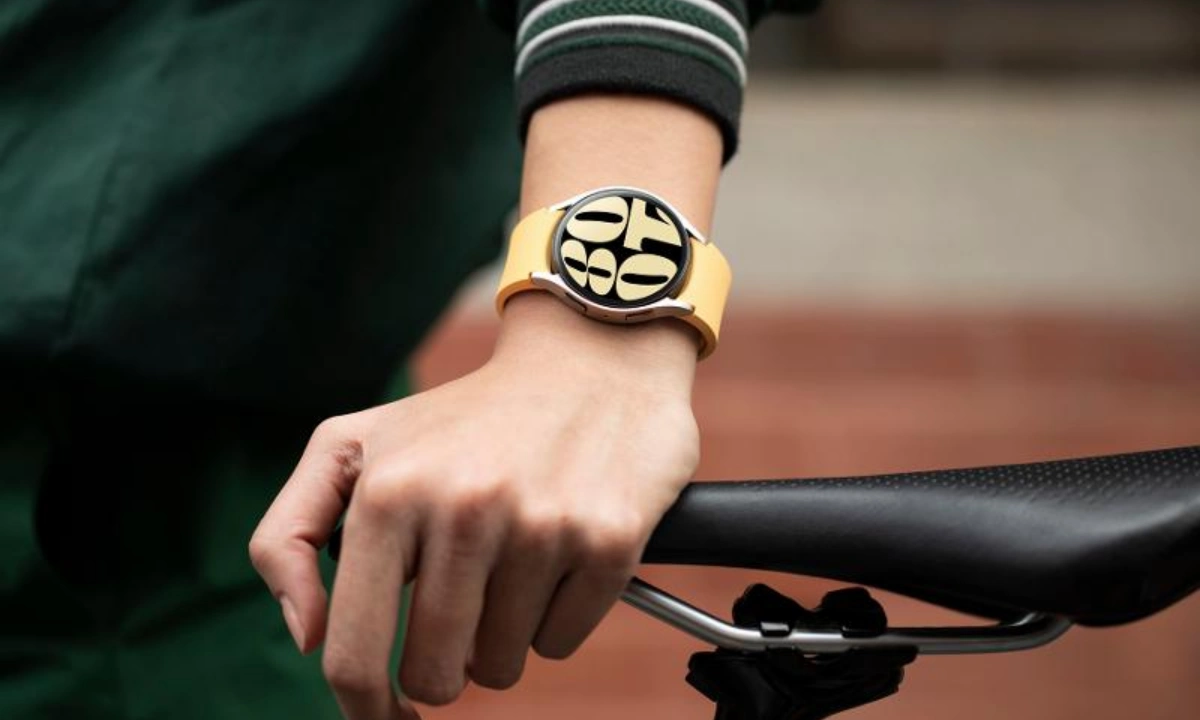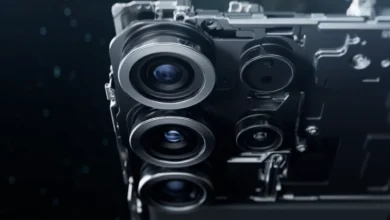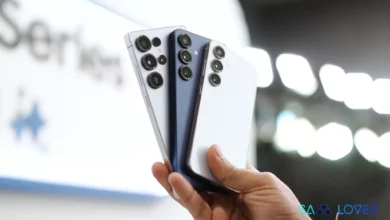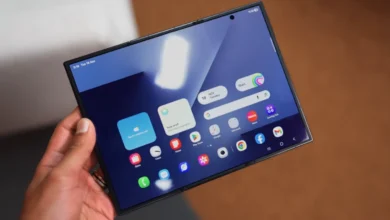How to download WhatsApp on Galaxy Watch 6 and Watch 6 Classic

Samsung introduced its most awaited Galaxy Watch 6 series at the Unpacked event in Seoul, South Korea. Both Galaxy Watch 6 series variants come with stunning features and technologies. The Galaxy Watch 6 Classic brings back the iconic rotating bezel and three new applications. These apps include Thermo Check, Samsung Wallet, and WhatsApp.
Interestingly, now you can operate WhatsApp on your Galaxy Smartwatch. In the WearOS-based Galaxy watches, users can now quickly and conveniently access WhatsApp. Users can converse with their friends or family, reply through voice and text messages, and even call or receive WhatsApp through the Galaxy Watch.
How to download WhatsApp on Galaxy Watch 6?
To let WhatsApp work on your Galaxy Watch, first, you need to install the application from the Google Play store. Follow the steps which are listed below:
- Launch the Google Play Store on your Galaxy Watch.
- Please tap on the WhatsApp icon; if the App is not visible, you can search for it.
- Tap on the Installation button
- Once installed on your Galaxy Watch, you’ll see an eight-digit code as a pop-up notification.
- You can check your Galaxy device to confirm if you are trying to pair your Galaxy watch.
In case you have missed the pop-up notification which comes on your Galaxy Watch, you can follow the steps which are mentioned below:
- Open WhatsApp on your phone,
- Click on the Kebab menu (three-dots menu) in the top right corner.
- Tap on the Linked devices.
- Select Link a device.
- Click on the Link with the phone number instead option.
- Here you can enter the 8-digit code and tap on Confirm, and your WhatsApp will get paired.
- Now you can enjoy WhatsApp on your Galaxy Watch.
Note that if you have entered an incorrect code three times, a new code will be generated automatically on your Galaxy Watch, and you can try to pair it again.



